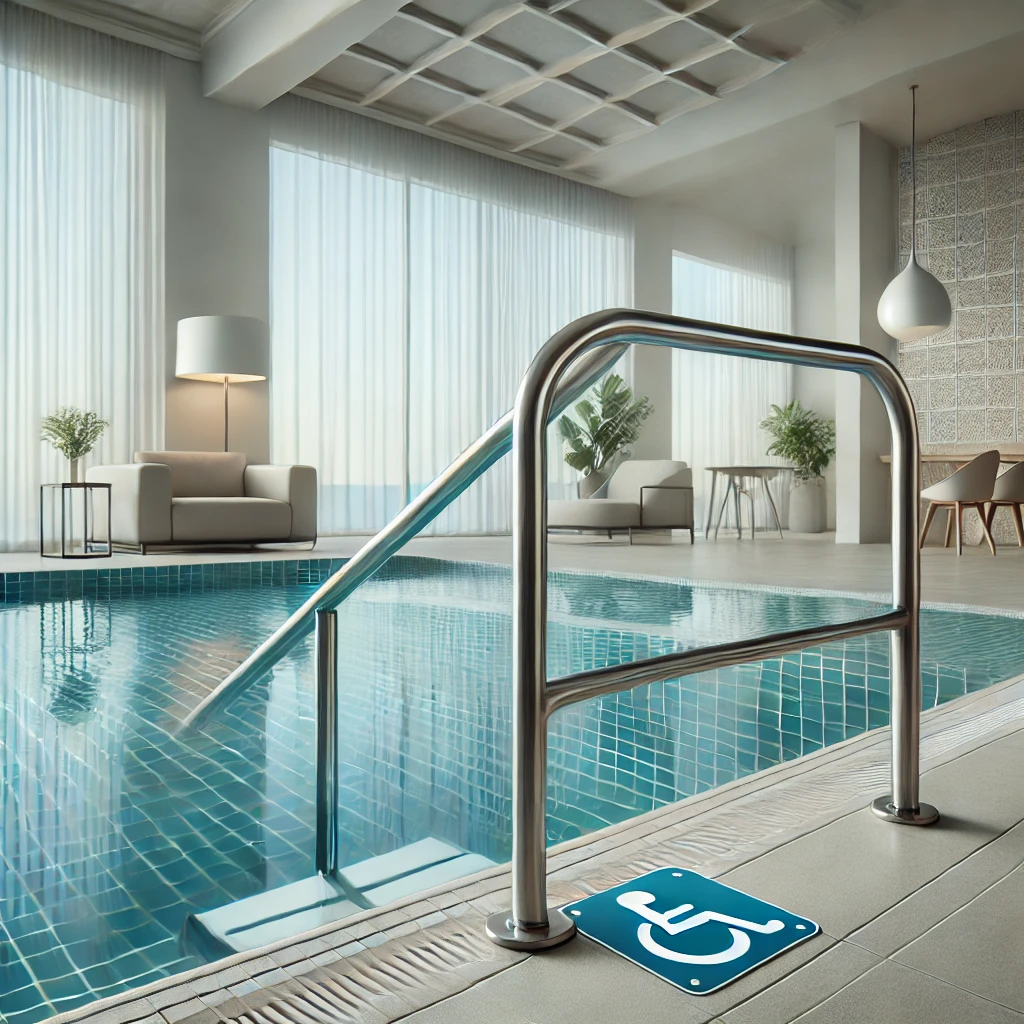Risk Assessment for Spa Pools: A Step-by-Step Guide
A complete risk assessment stands as an essential requirement for all individuals who manage or operate spa pools. Risk assessments help detect possible threats and establish suitable protection systems to guarantee user safety and health. According to the Health and Safety Executive (HSE) dutyholders must perform risk assessments which identify possible risks [31]. The system enables a complete assessment of all important safety elements.
The main objective of risk assessment involves determining whether health risks exist based on whether harmful exposures are foreseeable or not when proper safety measures are absent [31]. This assessment identifies the appropriate measures needed to stop or minimize exposure risks from dangerous agents including legionella bacteria [32]. The risk assessment helps you establish whether your current risk management procedures effectively address the hazards in your particular situation.
Several elements need assessment when performing a risk assessment for effectiveness:
You must identify all possible sources that could lead to contamination. The assessment must examine biofilms in pipework and bathers together with soil and environmental elements [33].
Examine how your facility functions during normal times and abnormal situations. Consider the possible system failures of pumps together with pipe blockages and power interruptions [33].
Consider who is at risk. Staff members working near the spa pool together with spa users must be included in the risk assessment because they face higher infection risks [34].
Your spa pool requires evaluation of its particular risk factors. The risk assessment should evaluate both microbiological risks and additional hazards including slips and trips and chemical handling [34].
The HSE states that competent dutyholders who understand spa pool risks may conduct their own risk assessments [35]. The employee may need help from outside professionals for their risk assessment work if they lack competence [35].
A written scheme of control needs creation after risk assessment to outline your risk management strategies [36]. The risk assessment should connect to additional health and safety documents and must include the written scheme of control [37, 38]. Systematic risk identification and management for your spa pool creates an environment which protects the health and safety of all users.
FAQs
What is a risk assessment for spa pools?
The process of risk assessment includes both hazard identification and implementing safety measures to safeguard spa pool users’ health and safety [31].
Why is a risk assessment necessary?
The process reveals if risks from exposure are predictable while establishing safety protocols for their management [31].
When conducting risk assessments one should take into account what factors to evaluate.
The assessment must analyze sources of contamination as well as operating conditions and risk groups together with microbiological dangers and slip accidents [33, 34, 39].
Who should carry out the risk assessment?
The assessment should be performed by a competent person or by the dutyholder if they demonstrate adequate understanding of the risks [35].
What should happen after completing the risk assessment?
A written scheme of control must be established and put into action which outlines the methods for handling identified risks [36].

Leave a Reply
You must be logged in to post a comment.